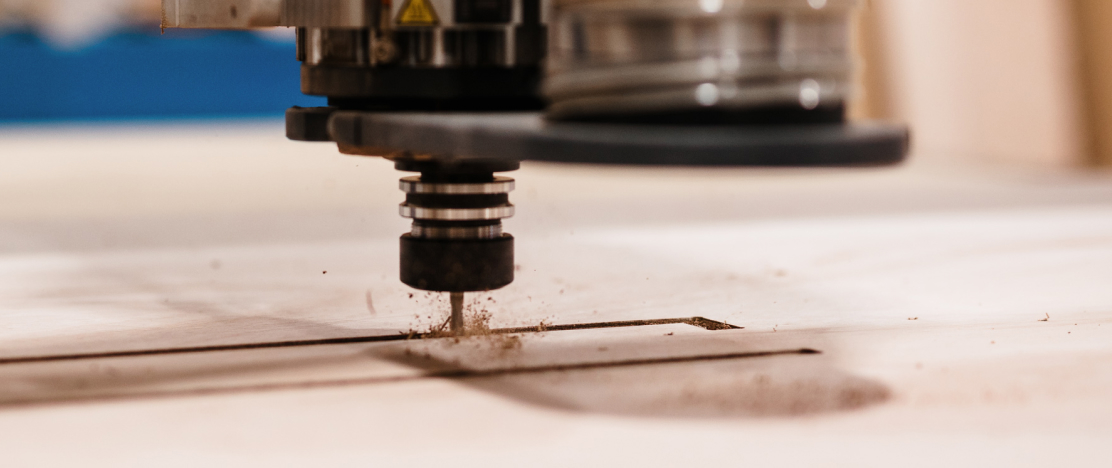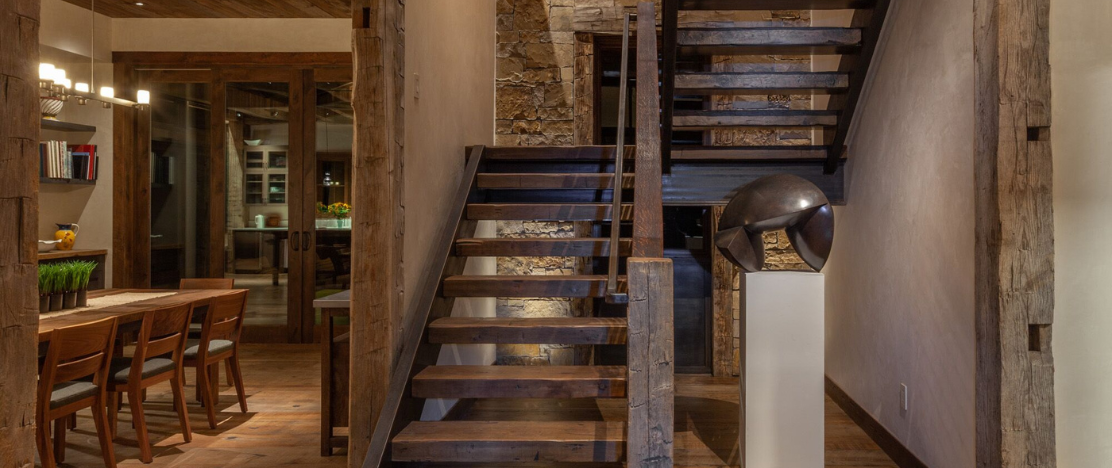How to Keep a Slab Flat
Live edge slabs make beautiful tables and countertops; however, they are susceptible to warping and cupping. The best way to keep a slab flat is to properly prepare the surface and install a c-channel. Our CNC shop has the tools and knowledge to expertly flatten slabs of all sizes and species.
Slab Flattening Services
We offer professional slab flattening services in our CNC shop for live edge wood slabs, custom furniture projects, and other woodworking applications.
Many furniture makers and custom builders bring their slabs to us for precision flattening and C-channel installation, then go on to build their own custom furniture from the prepared material.
We can work with your supplied slabs or help you source domestic or exotic species such as walnut and mappa burl shown in these videos.



